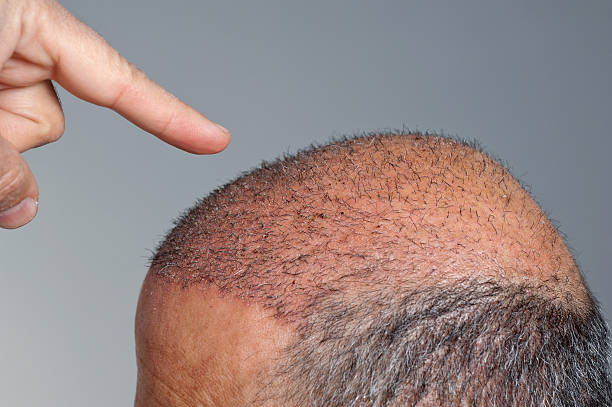Demystifying Hair Transplants: A Comprehensive Look into a Modern Hair Loss Solution
Hair transplant surgery has emerged as a popular solution for hair loss, enabling individuals to reclaim their crowning glory and boost self-esteem. However, despite the procedure's increasing popularity, misunderstandings and misconceptions abound. This article aims to demystify hair transplants, providing a comprehensive look into the process, its history, current trends, and future potentials.

The Genesis of Hair Transplants: A Historical Overview
The concept of hair transplantation is not a new phenomenon. The first successful hair transplant was conducted in the late 1930s in Japan, where surgeons used small grafts that were similar to the way hair transplantation is performed today. However, it was in the 1950s that the procedure gained significant prominence in the Western world, pioneered by New York dermatologist Dr. Norman Orentreich. His groundbreaking work demonstrated that hair could be transplanted from one area of the head (the donor site) to another (the recipient site) where hair was thinning or absent.
The Traditional Methods: Strip Harvesting and FUT
In the early days of hair transplantation, the most common method used was strip harvesting. This procedure involves removing a strip of scalp from the back of the head, dissecting it into grafts, and transplanting these grafts to the balding area. However, this method often resulted in a linear scar at the donor site.
Follicular Unit Transplantation (FUT) was another traditional method that involved transplanting groups of 1-4 hairs, known as follicular units. While FUT could achieve a more natural look than strip harvesting, it still left scarring and required a longer recovery period.
The Rise of FUE: A Game Changer in Hair Transplants
In recent years, a newer technique known as Follicular Unit Extraction (FUE) has become the gold standard in hair transplantation. In FUE, individual hair follicles are extracted from the donor site and implanted into the recipient site. This method is less invasive than strip harvesting and FUT, resulting in minimal scarring and a faster recovery time. The patient’s comfort and the natural-looking results have contributed to FUE’s growing popularity.
The Impact and Reception of Hair Transplants
The impact of hair transplants on individuals’ lives is significant. For many, hair loss can lead to decreased self-confidence and increased social anxiety. The results of a successful hair transplant can be transformative, restoring not only hair but also self-esteem.
Public reception of hair transplants has dramatically improved due to technological advancements and the growing number of public figures openly undergoing the procedure. As hair transplant techniques continue to evolve, the stigma associated with the procedure has significantly diminished.
The Future of Hair Transplants: Regenerative Medicine and Robotics
Looking forward, the field of regenerative medicine holds exciting potential for hair transplantation. Scientists are researching ways to clone hair follicles in the lab, which could potentially provide an unlimited source of donor hair for transplantation.
Robot-assisted hair transplantation is another promising development. The ARTAS Robotic Procedure, for instance, uses robotic technology to assist in the FUE procedure, increasing precision and reducing fatigue-related errors. However, more research and development are required to fully integrate robotics into hair transplantation.
Final Thoughts: A Transformative Procedure
In conclusion, hair transplantation has come a long way since its early days. From strip harvesting and FUT to FUE and potential future developments in regenerative medicine and robotics, the journey of hair transplantation reflects the progress of medical science. This transformative procedure continues to restore hair and confidence for many people, making it a valuable solution in the realm of haircare. However, as with any medical procedure, it is essential for individuals considering a hair transplant to consult with a reputable practitioner to understand the process, potential risks, and expected outcomes fully.




